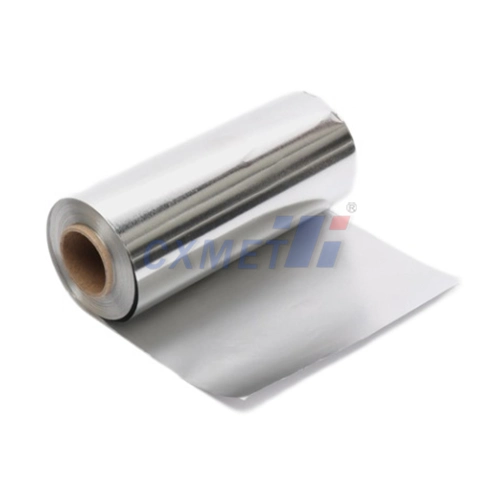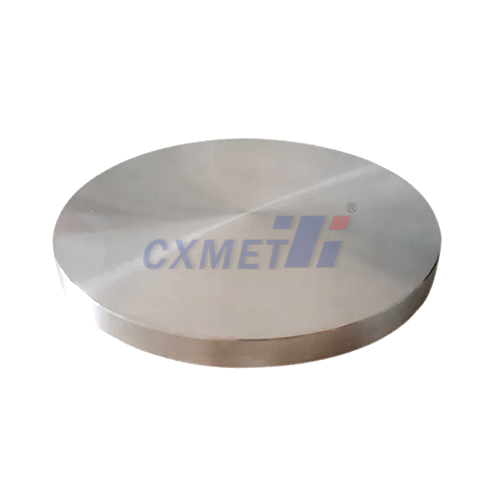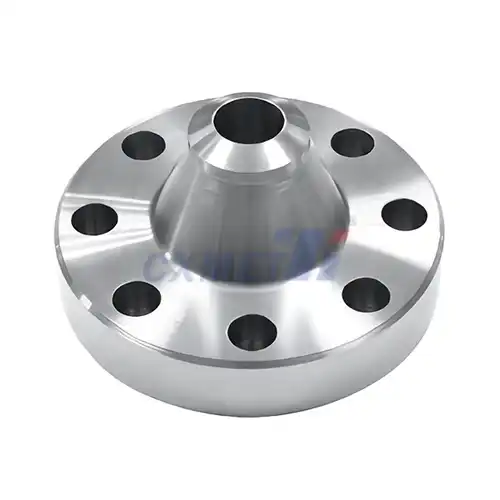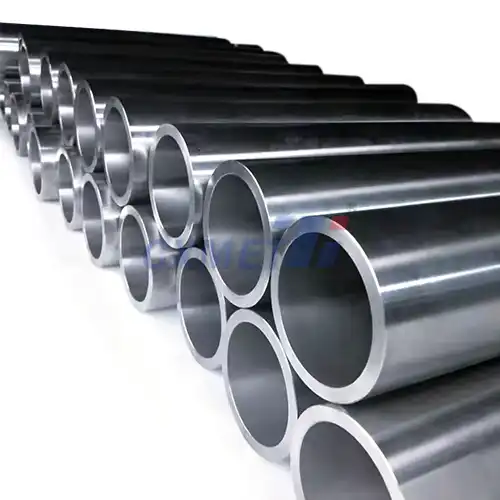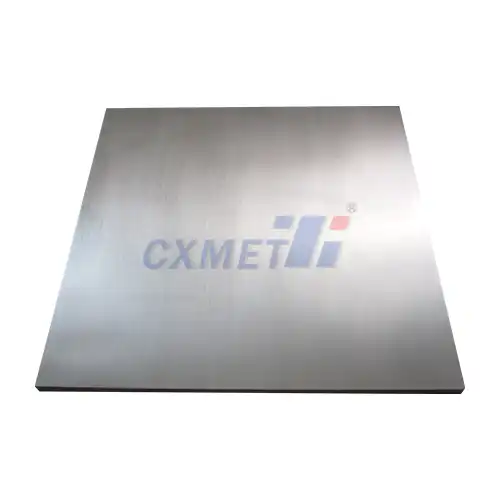- English
- French
- German
- Portuguese
- Spanish
- Russian
- Japanese
- Korean
- Arabic
- Greek
- German
- Turkish
- Italian
- Danish
- Romanian
- Indonesian
- Czech
- Afrikaans
- Swedish
- Polish
- Basque
- Catalan
- Esperanto
- Hindi
- Lao
- Albanian
- Amharic
- Armenian
- Azerbaijani
- Belarusian
- Bengali
- Bosnian
- Bulgarian
- Cebuano
- Chichewa
- Corsican
- Croatian
- Dutch
- Estonian
- Filipino
- Finnish
- Frisian
- Galician
- Georgian
- Gujarati
- Haitian
- Hausa
- Hawaiian
- Hebrew
- Hmong
- Hungarian
- Icelandic
- Igbo
- Javanese
- Kannada
- Kazakh
- Khmer
- Kurdish
- Kyrgyz
- Latin
- Latvian
- Lithuanian
- Luxembou..
- Macedonian
- Malagasy
- Malay
- Malayalam
- Maltese
- Maori
- Marathi
- Mongolian
- Burmese
- Nepali
- Norwegian
- Pashto
- Persian
- Punjabi
- Serbian
- Sesotho
- Sinhala
- Slovak
- Slovenian
- Somali
- Samoan
- Scots Gaelic
- Shona
- Sindhi
- Sundanese
- Swahili
- Tajik
- Tamil
- Telugu
- Thai
- Ukrainian
- Urdu
- Uzbek
- Vietnamese
- Welsh
- Xhosa
- Yiddish
- Yoruba
- Zulu
What is the typical diameter range for Gr23 Titanium Wire?
2025-05-19 17:08:09
Gr23 Titanium Wire, also known as Ti-6Al-4V ELI (Extra Low Interstitial) wire, is a high-strength, low-weight material widely used in various industries, including aerospace, medical, and automotive. The typical diameter range for Gr23 Titanium Wire can vary depending on the specific application and manufacturing process. Generally, it ranges from as small as 0.1 mm (0.004 inches) to as large as 6 mm (0.236 inches). However, the most common diameters fall between 0.5 mm (0.02 inches) and 3 mm (0.118 inches). The precise diameter selection depends on factors such as the intended use, required strength, and specific industry standards.
|
|
|
How does the diameter of Gr23 Titanium Wire affect its properties?
The diameter of Gr23 Titanium Wire plays a crucial role in determining its mechanical and physical properties. As the diameter changes, various characteristics of the wire are affected, including its strength, flexibility, and electrical conductivity. Understanding these relationships is essential for engineers and designers working with this material.
Firstly, the tensile strength of Gr23 Titanium Wire is directly influenced by its diameter. Generally, as the wire diameter decreases, the tensile strength increases. This phenomenon is due to the reduced cross-sectional area, which concentrates the applied force over a smaller surface. For instance, a 0.5 mm diameter wire might have a tensile strength of around 1000 MPa, while a 2 mm diameter wire of the same grade could have a tensile strength of approximately 900 MPa.
Flexibility is another property significantly affected by wire diameter. Thinner wires tend to be more flexible and easier to bend or coil. This increased flexibility makes smaller diameter wires ideal for applications requiring intricate shapes or tight bends, such as in certain medical devices or aerospace components. Conversely, larger diameter wires offer greater rigidity, which can be advantageous in structural applications where maintaining shape is crucial.
The electrical and thermal conductivity of Gr23 Titanium Wire also vary with diameter. While titanium is not as conductive as materials like copper or aluminum, its conductivity does change with wire size. Thicker wires generally offer lower electrical resistance and better thermal conductivity due to their larger cross-sectional area. This property can be important in applications where the wire might carry electrical current or be used in heat transfer situations.
Moreover, the surface area to volume ratio changes with wire diameter, affecting characteristics such as corrosion resistance and biocompatibility. Thinner wires have a higher surface area to volume ratio, which can enhance their corrosion resistance in certain environments. This increased surface area can also be beneficial in medical applications where cell adhesion or osseointegration is desired.
It's important to note that while changing the diameter affects these properties, the fundamental composition and grade of the titanium alloy remain the same. Gr23 Titanium Wire maintains its excellent strength-to-weight ratio, biocompatibility, and corrosion resistance across various diameters. The choice of diameter thus becomes a balancing act between the desired mechanical properties and the specific requirements of the application.
What are the common applications for different diameters of Gr23 Titanium Wire?
Gr23 Titanium Wire finds applications across a wide range of industries, with different diameters suited for specific uses. The versatility of this material, combined with its excellent properties, makes it a popular choice for various high-performance applications. Let's explore some common uses for different diameter ranges of Gr23 Titanium Wire.
Fine-diameter wires (0.1 mm to 0.5 mm) are extensively used in the medical industry. These thin wires are ideal for applications such as surgical sutures, dental implants, and orthodontic wires. Their small size allows for minimally invasive procedures and reduces patient discomfort. In the field of neurosurgery, fine Gr23 Titanium Wires are used for electrode leads in deep brain stimulation treatments. The biocompatibility and strength of these fine wires make them perfect for long-term implantation in the human body.
Medium-diameter wires (0.5 mm to 2 mm) find applications in aerospace and automotive industries. They are often used in the manufacture of fasteners, springs, and small structural components. In aerospace, these wires might be used in non-load-bearing structures or as part of more complex assemblies. The automotive industry uses them in exhaust systems, where the corrosion resistance of titanium is particularly beneficial. Additionally, this diameter range is popular in the manufacture of eyeglass frames, combining strength with lightweight properties.
Larger diameter wires (2 mm to 6 mm) are typically used in more demanding structural applications. In the aerospace industry, they might be used as part of landing gear components or in the construction of spacecraft structures. The marine industry also utilizes these thicker wires for applications in saltwater environments, where the corrosion resistance of titanium is crucial. In the energy sector, large diameter Gr23 Titanium Wires are used in the construction of heat exchangers and other components in chemical processing plants.
Across all diameter ranges, Gr23 Titanium Wire is popular in the sports and leisure industry. It's used in the manufacture of high-end bicycle components, golf club shafts, and even in the strings of some musical instruments. The combination of strength, lightweight, and corrosion resistance makes it ideal for these applications where performance is key.
It's worth noting that the choice of wire diameter is often a compromise between various factors. For instance, while a thinner wire might offer better flexibility, a thicker wire could provide the necessary strength for a particular application. Engineers and designers must carefully consider these trade-offs when selecting the appropriate diameter for their specific needs.
How is Gr23 Titanium Wire manufactured to achieve different diameters?
The manufacturing process of Gr23 Titanium Wire is a complex and precise operation that involves several stages to achieve the desired diameter and properties. The process begins with the production of titanium alloy ingots, which are then transformed into wire through a series of steps, each crucial in determining the final diameter and characteristics of the wire.
The first step in the process is the melting of raw materials to create the Ti-6Al-4V ELI alloy. This is typically done using vacuum arc remelting (VAR) or electron beam melting (EBM) techniques to ensure high purity and consistent composition. The resulting ingot is then subjected to primary forming processes such as forging or rolling to create a more manageable shape, often a rod or bar.
The rod or bar then undergoes a series of hot working and cold working processes. Hot working, performed at temperatures above the recrystallization temperature of the alloy, helps to break down the as-cast structure and improve the overall properties of the material. This stage often involves processes like extrusion or rolling to reduce the diameter of the rod.
Following hot working, the material undergoes cold working processes, which are crucial in achieving the final wire diameter. Cold drawing is the primary method used to reduce the wire to its desired size. In this process, the wire is pulled through a series of progressively smaller dies, each reducing the diameter slightly. The number of drawing steps depends on the initial rod size and the final desired wire diameter.
Between drawing steps, the wire may undergo intermediate annealing treatments. Annealing helps to relieve internal stresses built up during the cold working process and restore some ductility to the material, allowing for further reduction in diameter without risking wire breakage. The temperature and duration of these annealing treatments are carefully controlled to maintain the desired microstructure and properties of the Gr23 alloy.
For very fine diameter wires, additional specialized techniques may be employed. These can include methods such as bundle drawing, where multiple wires are drawn together and then separated, or precision grinding for achieving extremely tight tolerances.
Throughout the manufacturing process, stringent quality control measures are implemented. This includes regular checks on dimensions, surface quality, and mechanical properties. Advanced techniques such as ultrasonic testing or eddy current inspection may be used to detect any internal defects in the wire.
The final steps in the manufacturing process often involve surface treatments or coatings, depending on the intended application of the wire. These treatments can enhance properties such as corrosion resistance or biocompatibility, which are crucial in medical or aerospace applications.
It's important to note that the manufacturing process for Gr23 Titanium Wire is highly controlled and often proprietary to specific manufacturers. The exact techniques and parameters used can significantly influence the final properties of the wire, even at the same diameter. This is why wire from different manufacturers may have slightly different characteristics, despite being the same grade and diameter.
Conclusion
In conclusion, the typical diameter range for Gr23 Titanium Wire spans from 0.1 mm to 6 mm, with the most common diameters falling between 0.5 mm and 3 mm. The choice of diameter significantly influences the wire's properties, including strength, flexibility, and conductivity. Different diameters find applications across various industries, from fine wires used in medical implants to thicker wires used in aerospace structures. The manufacturing process to achieve these different diameters is complex and precise, involving multiple stages of hot and cold working. Understanding the relationship between wire diameter, properties, and manufacturing processes is crucial for engineers and designers working with this versatile material.
At SHAANXI CXMET TECHNOLOGY CO., LTD, we take pride in our extensive product range, which caters to diverse customer needs. Our company is equipped with outstanding production and processing capabilities, ensuring the high quality and precision of our products. We are committed to innovation and continuously strive to develop new products, keeping us at the forefront of our industry. With leading technological development capabilities, we are able to adapt and evolve in a rapidly changing market. Furthermore, we offer customized solutions to meet the specific requirements of our clients. If you are interested in our products or wish to learn more about the intricate details of our offerings, please do not hesitate to contact us at sales@cxmet.com. Our team is always ready to assist you.
|
|
|
References
- ASM International. (2015). Titanium: A Technical Guide. Materials Park, OH: ASM International.
- Lutjering, G., & Williams, J. C. (2007). Titanium. Berlin: Springer-Verlag.
- Donachie, M. J. (2000). Titanium: A Technical Guide. Materials Park, OH: ASM International.
- Froes, F. H. (2015). Titanium: Physical Metallurgy, Processing, and Applications. Materials Park, OH: ASM International.
- Peters, M., Kumpfert, J., Ward, C. H., & Leyens, C. (2003). Titanium alloys for aerospace applications. Advanced Engineering Materials, 5(6), 419-427.
- Rack, H. J., & Qazi, J. I. (2006). Titanium alloys for biomedical applications. Materials Science and Engineering: C, 26(8), 1269-1277.
- Veiga, C., Davim, J. P., & Loureiro, A. J. R. (2012). Properties and applications of titanium alloys: A brief review. Reviews on Advanced Materials Science, 32(2), 133-148.
- Boyer, R. R. (1996). An overview on the use of titanium in the aerospace industry. Materials Science and Engineering: A, 213(1-2), 103-114.
- Elias, C. N., Lima, J. H. C., Valiev, R., & Meyers, M. A. (2008). Biomedical applications of titanium and its alloys. JOM, 60(3), 46-49.
- Leyens, C., & Peters, M. (Eds.). (2003). Titanium and titanium alloys: fundamentals and applications. John Wiley & Sons.




